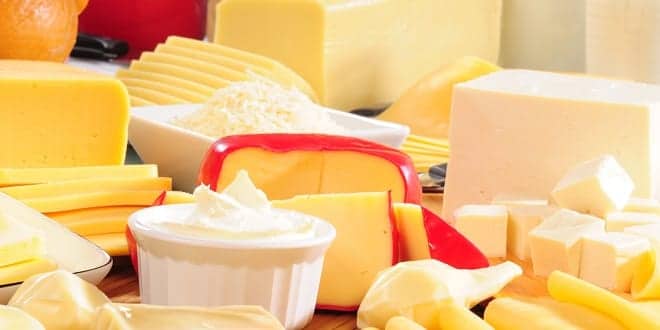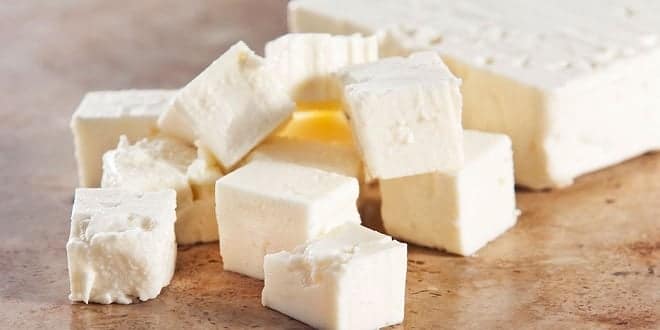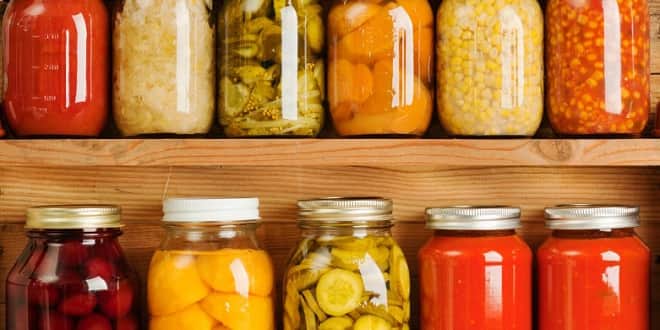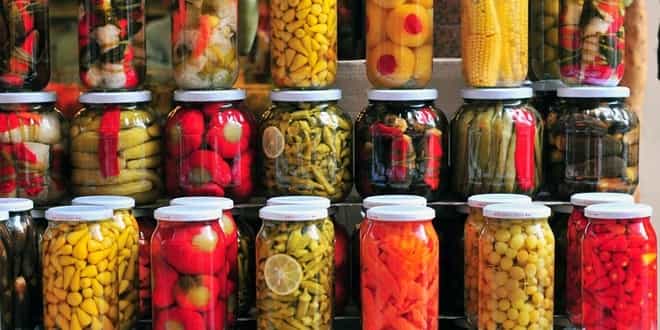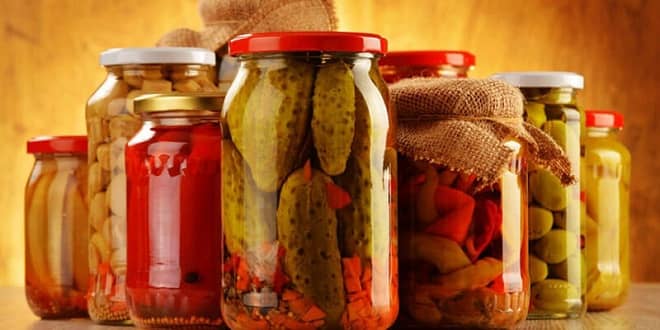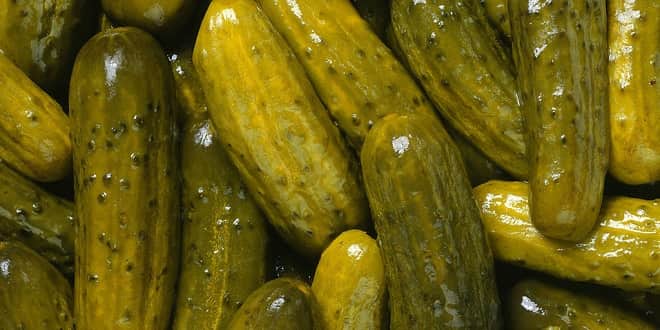Fermentasyon Teknolojisi
-

Fermentation Lab Reports > Cheese > Cheese v4
It is generally quite straight forward to locate the sources of enzymes; the natural sources of enzymes are where nature needs them. It comes as no surprise that rennet had traditionally been isolated from the fourth stomach of young calves because digestion by suckling calves is nature’s primary way of processing cow milk Although rennet is naturally excreted from a calf’s stomach lining, extracting it from its natural source is not economical. Other proteases can also convert casein to para-casein, but their action does not stop there. They further degrade the curd to soluble subunits. Fortunately,…
-

Fermentation Lab Reports > Cheese > Cheese v3
The main lactic acid formers are homofermentative lactic acid bacteria such as Streptecoccus thermophilus, Lactococcus lactis, Lactococcus lactis subspp cremoris. Lactic acid vary in rate of acid production. The rate is influenced by temperature, pH, antibiotics, bacteriophage, stimulants, inhibitory compound, milk composition, available nutrients, condition of the culture, strain compatibility and strain dominance. The term starter culture refers to a culture of lactic acid bacteria in food which is used to induce a lactic acid fermentationto produce fermented products.the particular lactic acid bacteria required in any given starter culture depend on the purpose of use. In cheese…
-

Fermentation Lab Reports Cheese v2
Cheese is defined as the fresh or matured product obtained by draining the whey after coagulating casein, the major protein in milk. The casein is coagulated by acid from selected m/o’s and / or by milk-clotting enzymes added to the milk. The resulting curd is cubed, cut, heated,drained and salted.Fresh and uncured cheese, such as cottage and cream, can be eaten immediately. Ripening or uncuring of the knitted or streched curd includes exposure to a temperature humıdıty controlled environment for a specified length of time. Changes during curing are bought about by specially selected enzymes, bacteria, mold,…
-

Fermentation Lab Reports > Cheese > Cheese v1
Cheese is defined as the fresh or matured product obtained by draining the whey after coagulating casein, the major protein in milk. The casein is coagulated by acid from selected m/o’s and / or by milk-clotting enzymes added to the milk. The resulting curd is cubed, cut, heated,drained and salted.Fresh and uncured cheese, such as cottage and cream, can be eaten immediately. Ripening or uncuring of the knitted or streched curd includes exposure to a temperature humıdıty controlled environment for a specified length of time. Changes during curing are bought about by specially selected enzymes, bacteria,…
-

Fermentation Lab Reports – Cucumber Pickling – Pickling v7
These can be made in a day or two in contrast to those that are fermented or brined and cured,a long-term process.In this process, it is important to use a good quality, clear, commercially prepared vinegar that is free from sediment with five percent acetic acid. Home-made vinegar should not be used.Distilled white vinegar helps keep the original color, while cider, wine or malt vinegar may slightly darken the food.Because the vinegar is part of the preservationprocess, it is important not to vary the amount recommended in the recipe. Use…
-

Fermentation Lab Reports > Cucumber Pickling > Pickling v6
In this experiment we studied the cucumber pickling process. Ingredients of cucumber pickles are cucumbers, vinegar, salt, citric acid and water. Each group studied with different ratio of ingredients. Our group, A5, was studied with 10% salt, 10% vinegar, 1% citric acid. Salt is used for to prevent growth of unwanted microorganisms and also provides hardness to the cucumbers. Vinegar provides taste and flavor also helps fermentation process. Citric acid arranges the acidity of the medium. At the end of the fermentation process lactic acid is formed. …
-

Fermentation Lab Reports > Cucumber Pickling > Pickling v5
Pickling, one of the most ancient ways to preserve food, relies on salty, acidic brine and spices and herbs to give foods distinctive flavors. Liquid spice and herb extracts help pickle processors achieve their flavor goals conveniently and consistently. Spice extracts provide precise flavor control, a cleaner, clearer brine and sterility, says Haley. The flavor and strength of the spice extracts are consistent from season to season. They are microbiologically very clean, so they will not lead to the growth of yeasts and molds in pickled products. The clear extracts can be measured precisely and dispersed…
-

Fermentation Lab Reports > Cucumber Pickling > Pickling v4
The aim of this experiment was to obtain the lactcic acid and the pH of the cucumber pickling when We did the pickling of cucumber.And to obtain the normal condition for cucumber pickling. And We studied the percentage of 5 salt +50 of vinegar+ 1 of citric acid. And our calculations and graph would be represented the original value for cucumber pickling. Large quantites of oversized cucumbers are annually produced that are not used for pickle manufacturing or fresh markets. These cucumbers could possibly serve as a source of natural cucumber flavor. The major cucumber flavor volatile is trans-2,…

